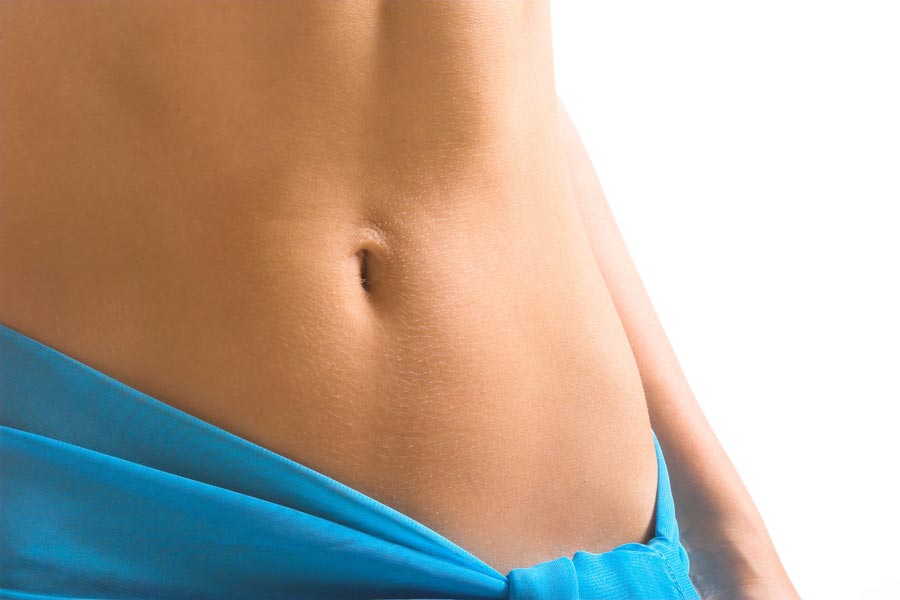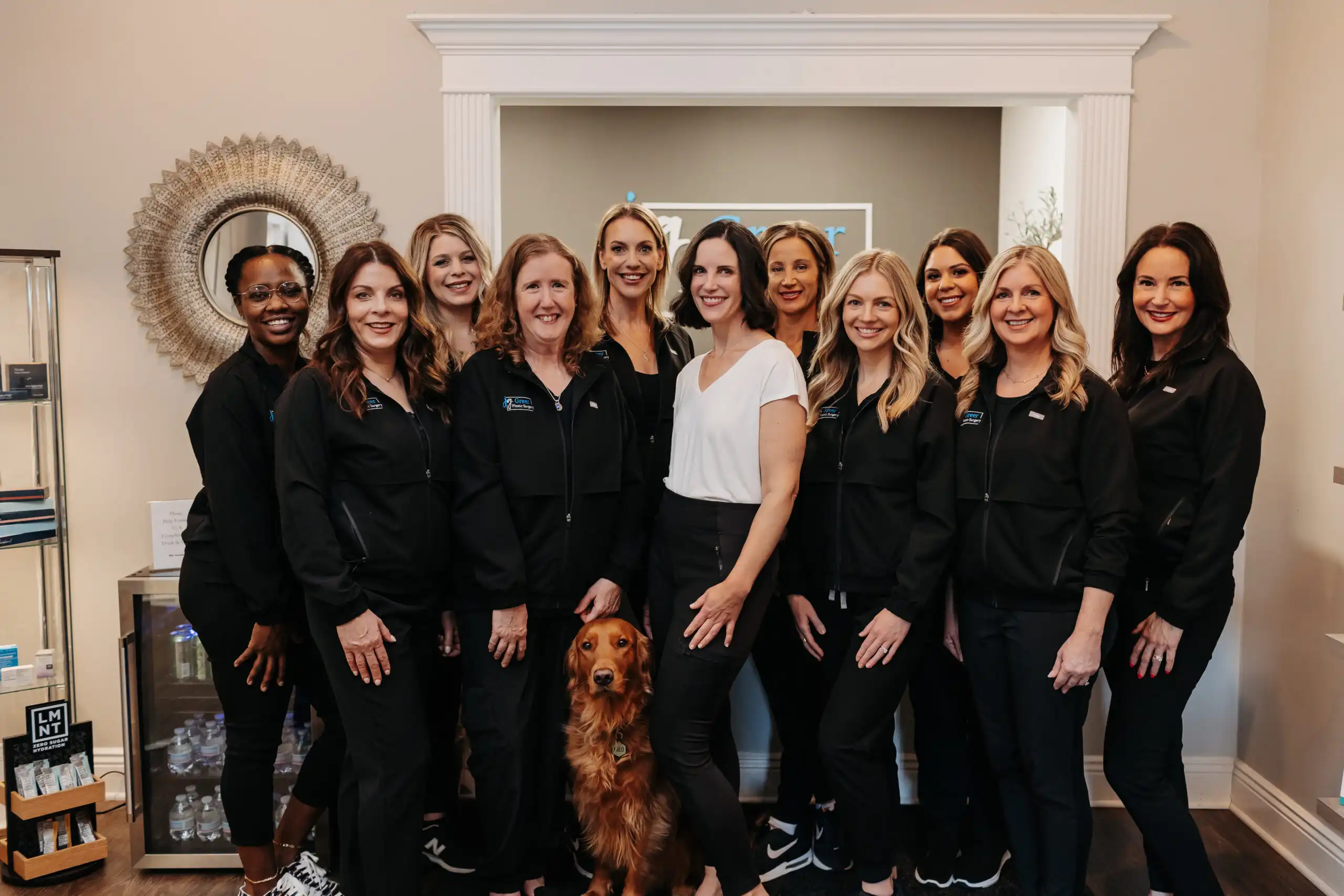Oddly enough, there is more than one research paper outlining the ideal belly button. (I think this is what happens when male surgery residents try to combine their academic research with a spring break trip!) Ideally the belly button, aka umbilicus should be slightly taller than it is wide, with just a small amount of skin hooding over the top. See the photo below for a good example. Beauty is in the eye of the beholder, but clearly variations from this ideal would qualify a belly button as less attractive or even ugly.

Weight gain and loss, pregnancy, and previous surgery can all affect the appearance of the umbilicus. The biggest complaint I hear from patients is “My belly button looks sad.” This usual happens after pregnancy or weight loss create extra skin just above the belly button. But several other possible causes:
An umbilical hernia is the cause of an “outie” belly button. A hernia is when the tough connective tissue that covers your abdomen has a small hole in it. Abdominal fat pokes out (or herniates) through this hole. This can be painful, and almost always affects the appearance of the belly button. If you think you have a hernia, I recommend seeing a general surgeon to repair the hernia. Fortunately repair is often covered by insurance.
Are you interested in fixing your ugly belly button? Check out my practice website at www.greerplastics.org to schedule an appointment.

Greer Premier Members can enjoy benefits, including discounts on treatments such as signature facials, spa services, skincare, microneedling, and laser treatments. As part of the Greer Plastic Surgery family, your entire monthly membership fee is applied to your account to be used toward future services.